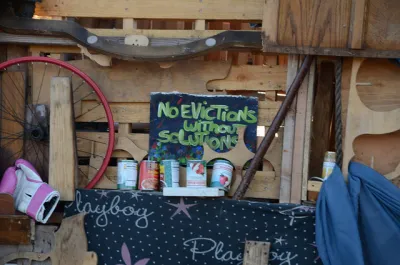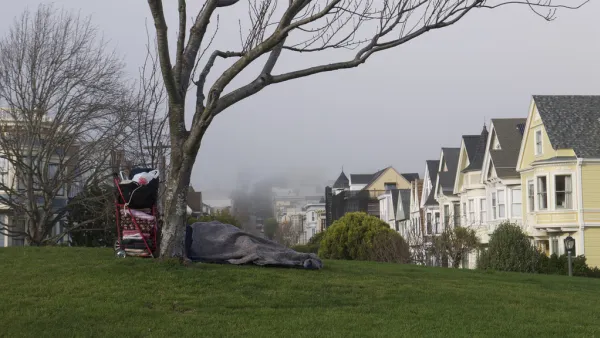New research reveals details of when and where rising rents trigger homelessness.

Chris Glynn and Alexander Casey share news of new analysis from Zillow Research that identifies overlap in communities where residents pay more than a third of their income from rent and growing homelessness.
Communities where people spend more than 32 percent of their income on rent can expect a more rapid increase in homelessness, according to new Zillow-sponsored research on the size and root causes of the nation’s homelessness challenge.
While this isn't the first time rising rents have been tied to homelessness, this new research "demonstrates that the homeless population climbs faster when rent affordability – the share of income people spend on rent – crosses certain thresholds."
"In many areas beyond those thresholds, even modest rent increases can push thousands more Americans into homelessness," according to Glynn and Casey.
Here are the specifics on those findings:
The new research found two rent affordability thresholds that directly affect homelessness. The first threshold is 22 percent: Any uptick in a community’s rent affordability beyond 22 percent translates into more people experiencing homelessness. The second threshold is 32 percent: Any increase in rent affordability beyond 32 percent leads to a faster-rising rate of homelessness – which could mean a homelessness crisis, unless there are mitigating factors within a community.
The article includes a lot more detail on the analysis and those findings, adding as well some geographic specificity about where these challenges are most acute. The article concludes with some preliminary sketches on policy recommendations.
FULL STORY: Homelessness Rises More Quickly Where Rent Exceeds a Third of Income

National Parks Layoffs Will Cause Communities to Lose Billions
Thousands of essential park workers were laid off this week, just before the busy spring break season.

Retro-silient?: America’s First “Eco-burb,” The Woodlands Turns 50
A master-planned community north of Houston offers lessons on green infrastructure and resilient design, but falls short of its founder’s lofty affordability and walkability goals.

Delivering for America Plan Will Downgrade Mail Service in at Least 49.5 Percent of Zip Codes
Republican and Democrat lawmakers criticize the plan for its disproportionate negative impact on rural communities.

Test News Post 1
This is a summary

Test News Headline 46
Test for the image on the front page.

Balancing Bombs and Butterflies: How the National Guard Protects a Rare Species
The National Guard at Fort Indiantown Gap uses GIS technology and land management strategies to balance military training with conservation efforts, ensuring the survival of the rare eastern regal fritillary butterfly.
Urban Design for Planners 1: Software Tools
This six-course series explores essential urban design concepts using open source software and equips planners with the tools they need to participate fully in the urban design process.
Planning for Universal Design
Learn the tools for implementing Universal Design in planning regulations.
EMC Planning Group, Inc.
Planetizen
Planetizen
Mpact (formerly Rail~Volution)
Great Falls Development Authority, Inc.
HUDs Office of Policy Development and Research
NYU Wagner Graduate School of Public Service





























